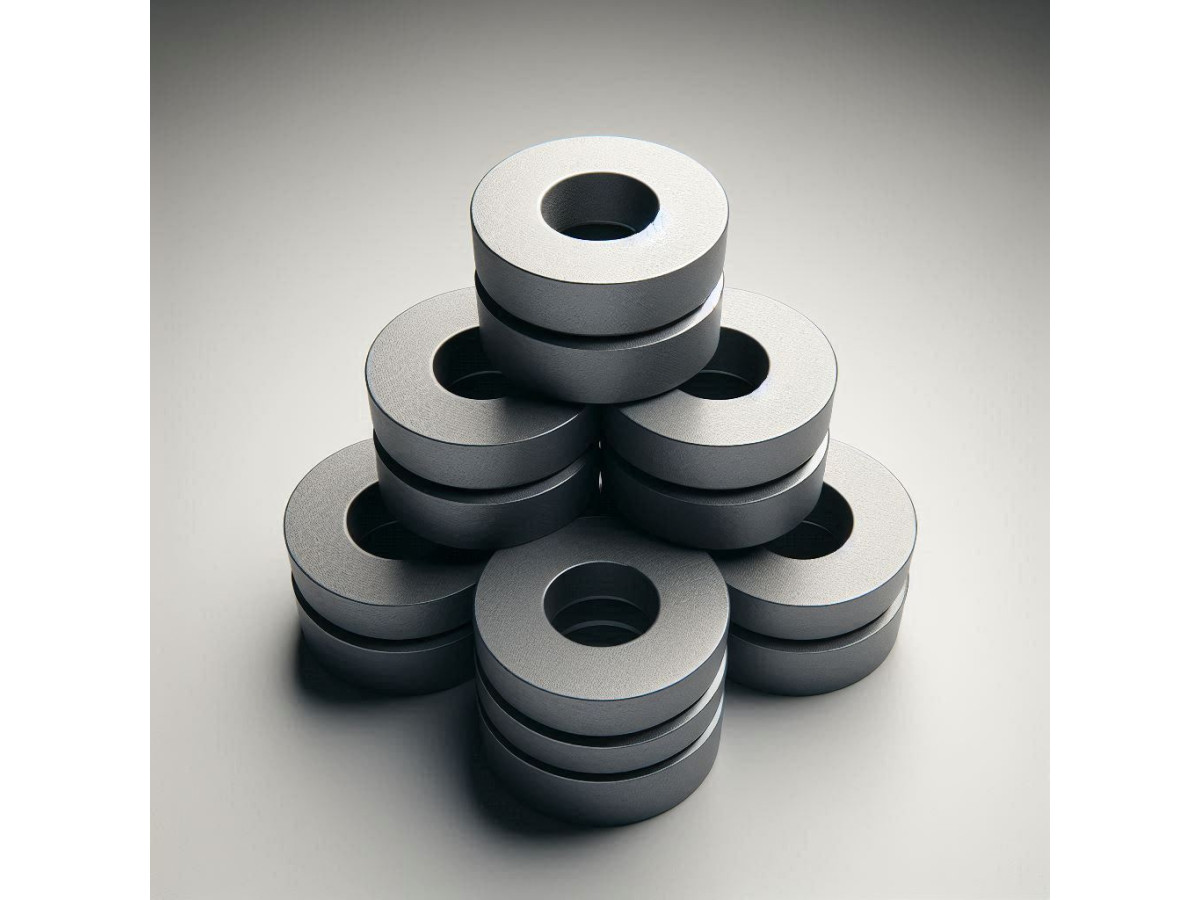Choosing a cast iron bushing is a critical process that affects the reliability and durability of the entire mechanism. In this article, we will examine the key aspects to consider when selecting this component and provide practical recommendations for making the optimal decision.
Cast iron bushings remain one of the most sought-after elements in mechanical engineering due to their unique characteristics. They possess high strength, excellent wear resistance, and the ability to dampen vibrations. Additionally, cast iron as a material provides good anti-friction properties, which is especially important for parts operating under friction conditions.
Features of Choosing Cast Iron Bushings
When selecting a cast iron bushing, the proper identification of operating conditions is of primary importance. It is necessary to thoroughly analyze the nature of the loads, the speed mode of operation, environmental conditions, and the temperature range. These factors directly influence the choice of a specific grade of cast iron and the design features of the bushing.
Special attention should be paid to the geometric parameters of the bushing. The accuracy of dimensions and tolerances plays a critical role in ensuring proper fit and subsequent operation of the part. It is also important to consider not only the nominal dimensions but also possible thermal expansions of the material during operation.
The grade of cast iron from which the bushing is made should match the anticipated loads and operating conditions. Modern manufacturers offer a wide range of materials with varying characteristics, from gray cast iron for standard conditions to high-strength cast iron with spheroidal graphite for particularly critical joints.
The quality of the surface finish of the bushing is essential for ensuring the required operational lifespan. The roughness of the working surfaces should meet technical requirements and provide optimal conditions for the formation of an oil film during friction pair operation.
Additional Aspects
Key parameters when selecting a cast iron bushing:
- Inner and outer diameters determine the compatibility of the bushing with other components of the mechanism and ensure the required clearance or interference fit.
- Tolerances and fits characterize the accuracy of bushing manufacturing and provide a reliable connection with the shaft or hole.
- Length of the bushing affects the strength of the connection and defines the area of contact with other components.
- Grade of cast iron determines the physical and mechanical properties of the material, such as strength, wear resistance, and corrosion resistance.
- Hardness of the material influences the wear resistance of the bushing and its ability to withstand abrasive wear.
- Surface roughness affects the coefficient of friction and wear during the bushing's operation.
- Allowable loads determine the maximum force values that the bushing can withstand without failure.
- Sliding speed affects the heating of the bushing and the intensity of wear.
- Operating temperature regime defines the permissible temperature range within which the bushing retains its properties.
- Lubrication requirements determine the type and amount of lubricant needed to ensure the normal operation of the bushing.
What Influences the Service Life of Cast Iron Bushings?
Factors affecting the lifespan of the bushing:
- Correct installation determines the reliability of the connection between the bushing and other components, preventing premature wear due to incorrect load distribution.
- Quality of lubricants ensures reduced friction, heat dissipation, and protection against corrosion, significantly extending the bushing's lifespan.
- Regular maintenance allows for timely detection and elimination of issues, preventing the development of more serious damages.
- Adhering to operating conditions (temperature, load, rotational speed) helps avoid overheating, wear, and other damages to the bushing.
- Cleanliness of the working environment prevents contamination of the lubricant and entry of abrasive particles that accelerate wear.
- Absence of overloads protects the bushing from premature failure due to exceeding permissible loads.
- Quality of mating components influences the uniformity of load distribution and prevents premature wear of the bushing due to misalignment or other defects.
- Storage conditions prior to installation (temperature, humidity) can lead to corrosion or other surface damage of the bushing.
- Correct heat treatment affects the metal structure and its properties, such as strength, hardness, and wear resistance.
- Absence of mechanical damages (scratches, cracks) prevents the development of fatigue cracks and breakage of the bushing during operation.
To increase the service life of the cast iron bushing, it is crucial to properly plan the installation process and subsequent operation. Strict adherence to the manufacturer's recommendations for installation, break-in, and maintenance is essential. Particular attention should be given to the choice of lubricants and lubrication regimes.

